In the summer of 2017, the Dead Zone – an area of low oxygen that develops annually in the Gulf of Mexico off Louisiana’s coast – was the largest ever measured. At 8,776 square miles, it covered an area the size of the state of New Jersey.
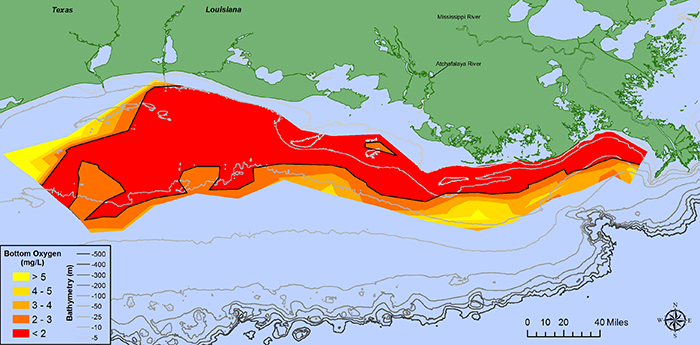
In 2018, the measured Dead Zone was much smaller – only 2718 square miles. Yet this past summer, east of Louisiana, Florida’s Gulf Coast beaches were plagued with that state’s worst-ever poisonous red tides, some of which persisted into early December.
In 2017, 1000 miles to the north, more than 700 square miles of western Lake Erie turned pea-soup green, emitting the stench of sewage. The prior year, Ohio’s governor had declared Lake Erie waters “impaired for recreation.” In 2015, there were 15 incidents of toxic algae blooms in the lake. And in August 2014, residents of Toledo were without water for three days, when the toxic cyanobacterial algae bloom on Lake Erie got drawn into the city water system.
The primary cause of massive algae blooms
An ordinance, on the February 26, 2019 city ballot in Toledo, Ohio, dials into these problems.
LEBOR
The Lake Erie Bill of Rights (
Toledo is not the place most of us would expect to be considering a “Rights of Nature” ordinance. It’s not a “Left Coast” enclave of New Age thinkers, or progressive tree-huggers. It’s a Rust Belt city in America’s heartland, bordered by the state of Michigan to the north, Lake Erie to the east, and sprawling miles of fertile farmland rolling away to the south and west. And it’s been far from easy for Toledo’s concerned community members to get this issue on the ballot. They’ve had to fight “the system” every step of the way.
Markie Miller leads the community group, Toledoans for Safe Water. In 2014, she was a graduate student, majoring in environmental studies when – as she puts it – “Toledo lost its water.” She already knew, from her classes, that environmental regulations and the majority of the environmental movement pushing for those regulations was about “the best way to compromise.” And the aftermath of the Toledo water crisis did nothing to change her sense of the system, or the system itself.
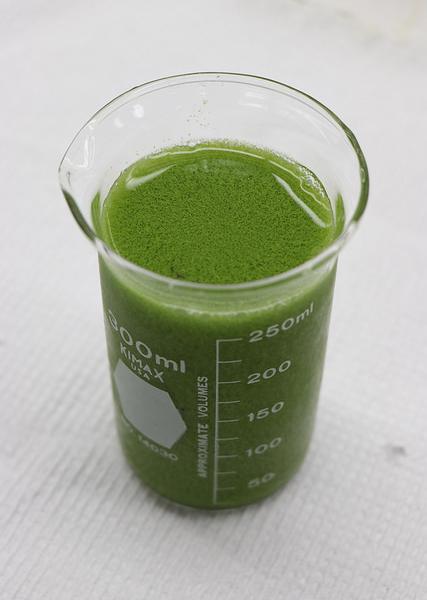
“The state had been tracking the things that lead to the algae blooms for years,” she says. “And all they proposed for the future amounted to more voluntary tracking, or updates of water treatment facilities with an arsenal of more chemicals.
“Yet if there’s a problem to be treated, then there’s a problem to be solved,” Miller explains. “And what we wanted was someone to hold accountable. All they offered was more of the same – the same people who had been tracking and following what was going on but not doing anything to prevent it. We recognized, finally, that we had to be responsible for ourselves, and started trying to figure out how we could do that.”
In the spring of 2015, Miller contacted Tish O’Dell with the Community Environmental Legal Defense Fund (CELDF). O’Dell and CELDF work with communities to enact ordinances, using local democracy to protect the local environment. Concerned community members formed Toledoans for Safe Water, and joined the Ohio Community Rights Network (OHCRN). Most importantly, Miller says, members of their group embraced the concept
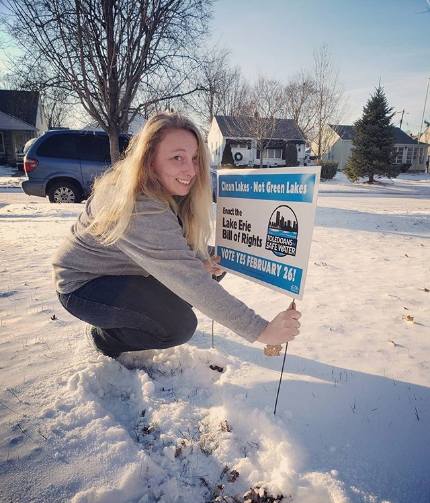
After gathering 10,500 signatures (twice the number required to get it on the ballot), they presented the initiative petition to Toledo’s City Council and got it certified. The next step would be getting it vetted by the Lucas County Board of Elections, and that didn’t go well at all. On August 28, 2018, the three-member board, appointed by the Ohio Secretary of State upon the recommendations of local political parties, unanimously rejected placing the Lake Erie Bill of Rights (
The community members challenged that decision, but the Ohio Supreme Court upheld it, as they did with the jail initiative. Proponents of the downtown jail measure then asked the City Council to allow a vote anyway, and the council agreed.
Both initiatives are on the February 26th ballot, but the Lake Erie Bill of Rights advocates know they’re now fighting the power and wealth of the entire agribusiness industry.
Where Nature and Science Meet
According to the US Department of Agriculture’s Natural Resource Conservation Service, of the 4.9 million acres in the Western Lake Erie Basin, 4.2 million acres of the 4.9 million total acres in the western Lake Erie Basin are in the Maumee River Watershed. 71-percent of those 4.2 million acres are used for agricultural purposes, and 85-percent of the total phosphorus delivered to the lake by the Maumee River comes from farm fertilizer and manure.

Fertilizer runoff is also what causes the Gulf Dead Zone off Louisiana’s coast. Nitrogen and phosphorus from the entire Mississippi River watershed drains into the Gulf, feeding algae blooms which then die and decompose, dropping deeper into Gulf waters and creating areas of low oxygen – hypoxia – that kills marine life, such as fish, shrimp, and crabs.
In the late 1960s, the pollution of the Lake Erie watershed was so massive that national media perpetrated the phrase “Lake Erie is dead.” Fish kills littered the beaches, and the Cuyahoga River, flowing to the lake through Cleveland, caught fire. In 1969, Time Magazine described Lake Erie – the shallowest of the Great Lakes – as a “giant cesspool,” due to the quantities of industrial and municipal sewage flowing into rivers that fed the lake and even direct dumping into the lake itself.
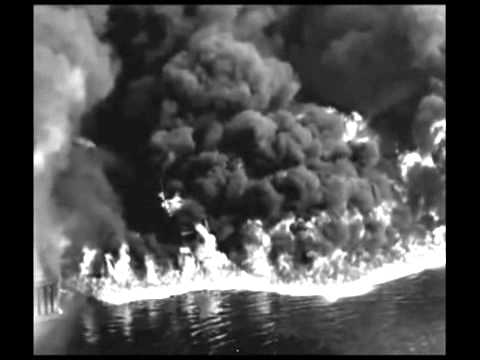
In 1972, Congress passed a revamped Federal Clean Water Act along with the international Great Lakes Water Quality Agreement, which set up water quality guidelines and regulatory measures. By the 1990s, these efforts achieved a 60-percent reduction in lake levels of total phosphorus and the disappearance of harmful algal blooms.
But while total phosphorus went down by the 1990s, dissolved reactive phosphorus (DRP) started going up, which made the algae happy. For algae, DRP is more “digestible.”
What caused the change? Farming got more “intensive,” and as more fertilizer was spread to make each acre more productive, the amount of DRP in the soil increased. Additionally, much of the Midwest moved to a “no-till” philosophy of land management, keeping the applied fertilizers on the surface of the soil, and increasing the amount of DRP running off into the watershed.
Add in “Roundup” – glyphosate. “No till” meant weeds weren’t turned under, and they proliferated. Agribusiness behemoth Monsanto released Roundup Ready soybeans in 1996, followed by Roundup Ready corn in 1998, and farmers added Roundup spraying to their routines.
Glyphosate and phosphorus compete for the same sites on a soil particle, and glyphosate can make the soil release its phosphorus, meaning more of the nutrient can be washed away.

Clean Water Act Rollbacks
When President Trump addressed the American Farm Bureau’s annual convention in New Orleans on Monday, January 14, 2019, he called federal protections for wetlands and waterways “one of the most ridiculous regulations.”
Touting his February 2017 executive order for a rollback of Clean Water Act regulations, Trump promised, “We’re going to keep federal regulators out of your stock tanks, your drainage ditches, your puddles and your ponds!”
Farmers and agribusiness representatives in attendance at the convention took to their feet and cheered wildly.
Those are the same folks, back home in Ohio, who are pouring their money and energies into opposing passage of the Lake Erie Bill of Rights. The Ohio Farm Bureau, along with the state’s Agribusiness Council, Cattlemen’s and Dairy Producers Associations, the Pork Council, Poultry Association, Soybean Association, Corn and Wheat Growers Association, and the Sheep Improvement Association – plus the Ohio Oil and Gas Association and the Ohio Chemistry Technology Council – each signed onto the lawsuits taking LEBOR before the Ohio Supreme Court.
They’re backing the latest court challenge to the initiative, filed by Josh Abernathy, a Toledo resident and member of the Northwest Ohio Building and Construction Trades Council, a coalition of labor unions. The premise of Abernathy’s complaint to the Ohio Supreme Court is, basically, “You already said no. Don’t change your minds now.”
The court decision is expected right about the date of the election.
(And, by the way, there’s been no similar last-ditch challenge to the jail initiative, though it’s had a similar history and is on the same ballot.)
Meanwhile, the industry groups, including the Ohio Chamber of Commerce (the equivalent group to LABI – the Louisiana Association of Business and Industry) are running ads and making robocalls against
Another community group, Advocates for a Clean Lake Erie, has been countering that same-old, same-old “jobs” argument by noting that “protecting the environment not only sustains the systems that support life, it also creates jobs.” Citing construction projects on Toledo sewage infrastructure as examples, the group’s counter-argument says, “Similarly, upgrades at local refineries and manufacturing plants are often driven by environmental requirements, as well.”
What If…
You may be asking, “Why should I care what they’re doing in Toledo?”
But what if we upended the premise, and made it (as Markie Miller says) “not about ownership, but about stewardship”?
What if we declared and embraced a declaration of rights for the Gulf of Mexico, acknowledging that its entire ecosystem has intrinsic rights to exist and flourish?
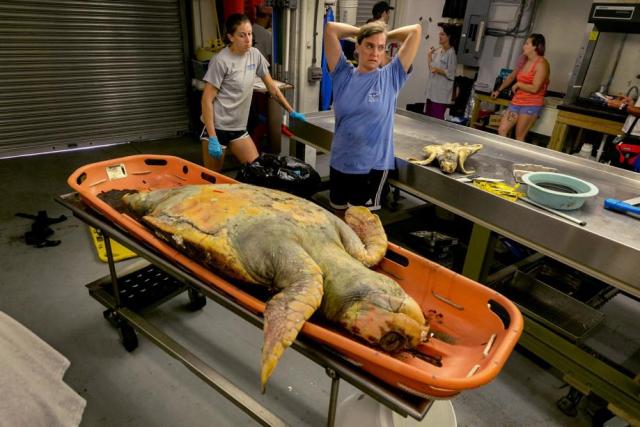
What would that look like for endangered sea turtles, for dolphins, for redfish and shrimp, oysters and crabs?
What might it look like for those who’ve been battling to restore Louisiana’s vanishing coastline?
What might it look like for the oil and gas industry, and for the chemical and plastics manufacturers, whose production and products are major contributors to harming the Gulf’s health?
Most problematic, of course, is what it might look like for the Mississippi River watershed, which feeds the Gulf…
Yet…what could our future be?
